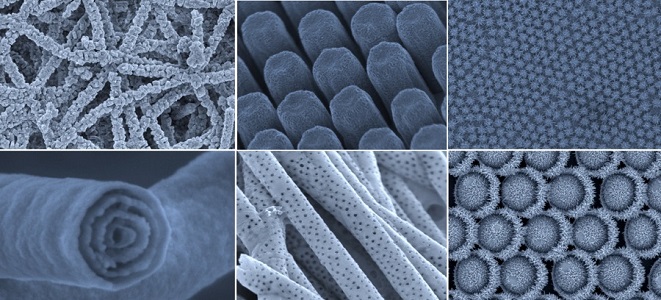Dr. Mikhael Bechelany
Institut Européen des Membranes, UMR-5635, Université de Montpellier, ENSCM, CNRS, Place Eugène Bataillon, 34095 Montpellier, France
Abstract
The most fundamental phenomena in the immobilizing of biomolecules on the nanostructured materials for energy, environmental and health applications are the control of interfaces between the nanostructures/nanopores and the immobilized biomaterials. Thus, the throughput of all those biobased nanostructured materials and devices can be improved or controlled by the enhanced geometric area of the nanostructured interfaces if an efficient immobilization of the biomolecules is warranted. In this respect, an accurate control of the geometry (size, porosity, crystallinity etc.) and interfaces (Hydrophobic/hydrophilic etc.) is primordial to find the balance between large/control biointerface areas and good immobilization conditions.
Here, we used different synthesis techniques such as atomic layer deposition (ALD), electrospinning, electrodeposition, nanospheres lithography, exfoliation of Graphene and Boron Nitride etc. as the main tools for the creation of controlled nanostructured biointerfaces in which the geometry can be tuned accurately and the dependence of the physical-chemical properties on the geometric parameters can be studied systematically in order to immobilize biomolecules. We will show examples of how these methods can be used to create biofuel cells, single nanopores for DNA sequencing, membrane for water treatment, optical sensors and biosensors, bionanocomposites materials for packaging, drug delivery and tissue engineering, in which the performance varies with the nanostructure morphologies/interfaces and the immobilization conditions of biomolecules

Figure 1. Design of nanostructures materials by ALD for energy, environmental and health applications
3 parvis Louis Néel - 38000 Grenoble
Accès : TRAM B arrêt Cité internationale



